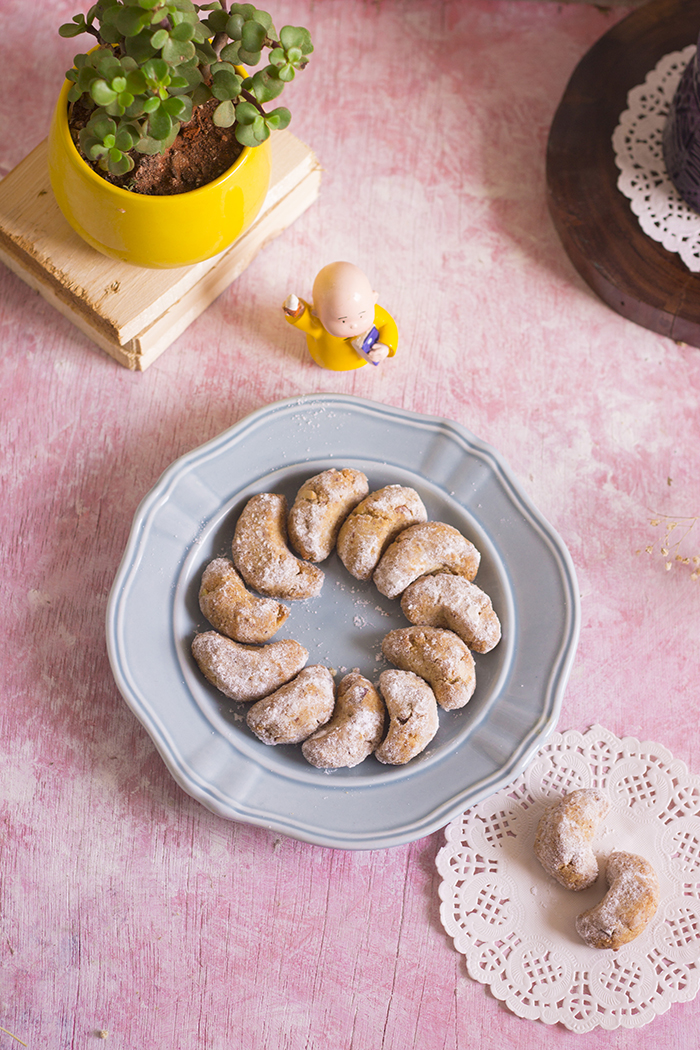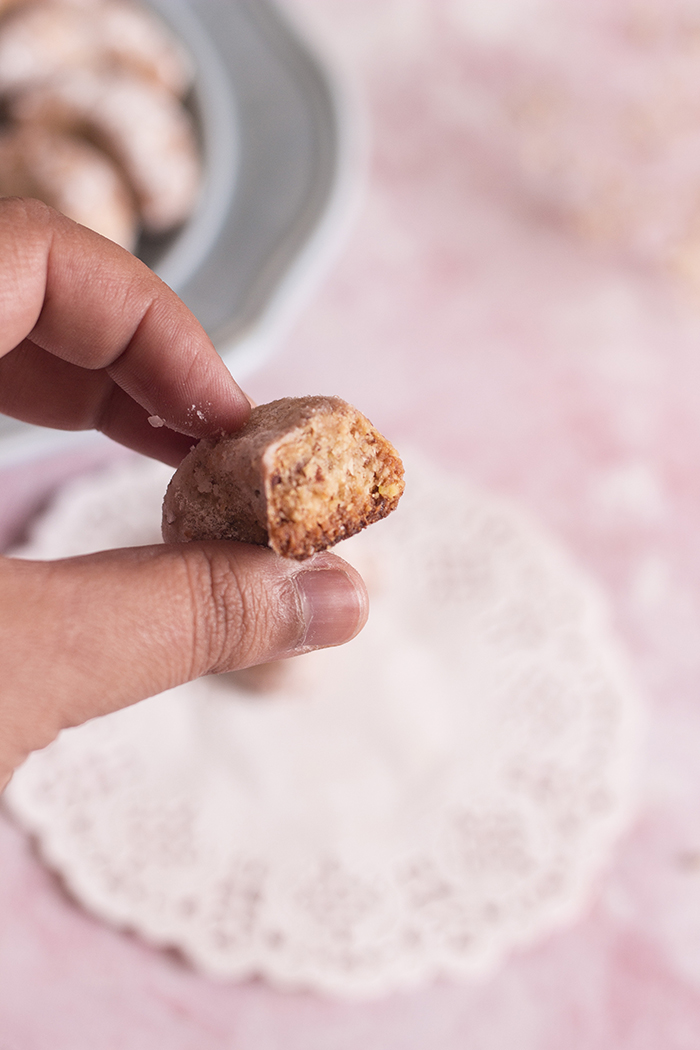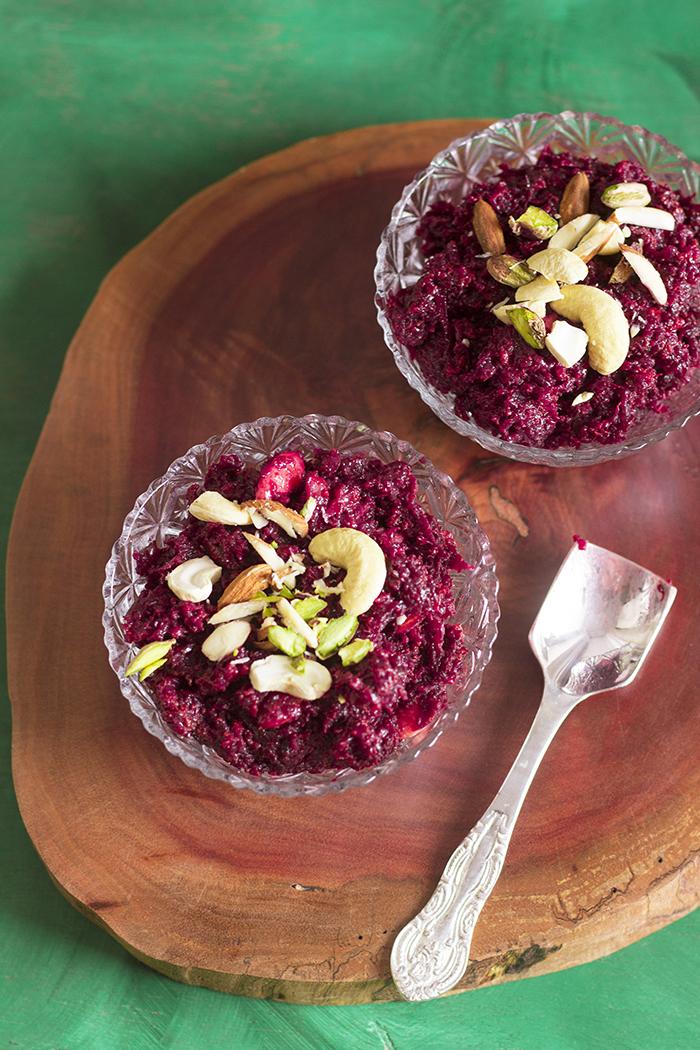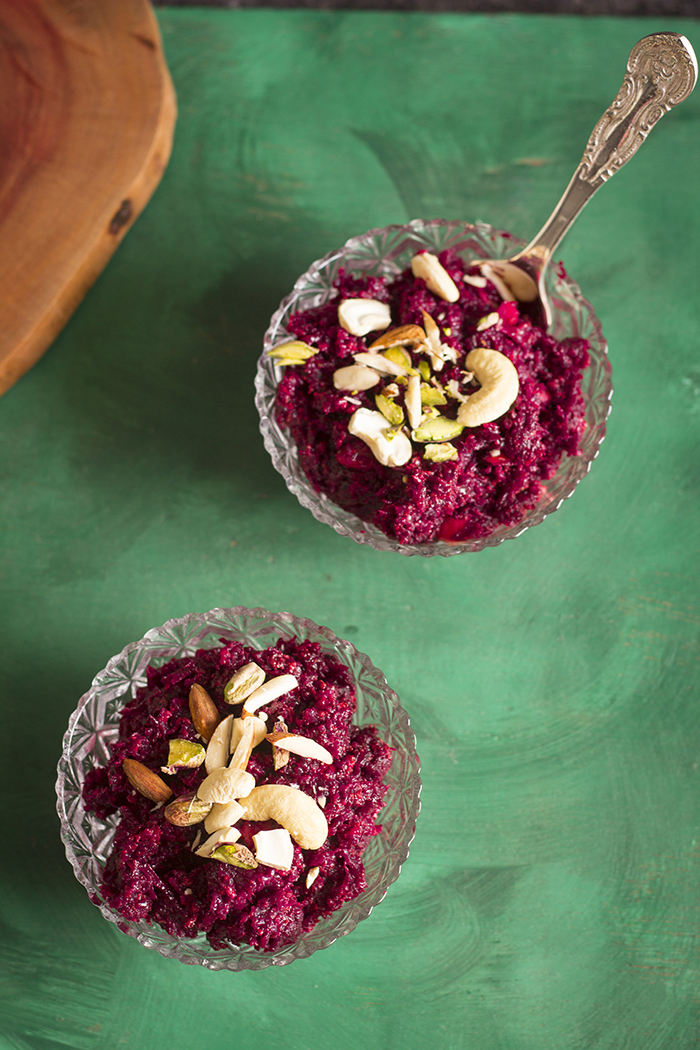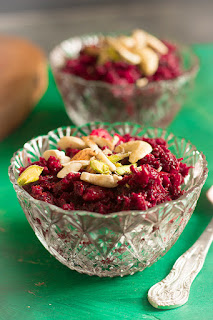The North East has been blessed with natural beauty - the towering Himalayas, the clear rivers, white waterfalls, varied wildlife, diverse fauna, clear blue skies, fresh hilly air, and clouds. Ever since my first visit in 2009, I had been craving to take Raj there. And finally, we made it this year. And we have some more trips planned based on our current experience.
This travel post (like all my travel posts) is divided into 3 parts so that I can detail out our itinerary, the sights to see, places to eat perhaps, our plans and misses, and how I would replan it for the future.
Day 1 - Travel from Bangalore to Guwahati by flight. Then drive down to Shillong.
Day 4 - Drive back to Guwahati. Fly to Bagdogra. Hire a cab to Darjeeling.
Day 7 - Take a cab to Gangtok.
Day 10 - Take a cab to Bagdogra. Fly back to Bangalore.
Sikkim was one of the last princely states to join the Indian union. It is a small, but very beautiful state located in North East India. Gangtok is the capital city. Located in East Himalayas, Sikkim is home to Mount Kanchenjunga, the third-highest peak in the world. Sikkim shares its borders with Nepal, Tibet, and Bhutan.
The drive from Darjeeling to Gangtok took us 3hours. The traffic was almost nil as it was a festival day, else, we've been told to expect the drive to take 4 hours or more.
We booked GoZo cabs (highly recommended) for the drive. We were picked up right on time by
Mr. Bikash Chhetri (+91 7029706909/7797836186), and driven safely to our destination - Summit Denzong Hotel on Kazi road. The taxi was slightly more expensive as Mr. Chnetri had to be called from Siliguri to drive us, as most of the locals were unavailable due to the festival. But we didn't mind the extra cost as the drive was comfortable.
I suggest not planning much for the first day if you are driving in from either Darjeeling, Siliguri or Bagdogra, as traffic can be unpredictable and you may miss your appointment.
Instead, use this day to book your tours for the rest of your stay in Gangtok.
We reached the hotel at 11am, which was a lot sooner than their check time of 2pm. So, we parked our luggage at the reception and decided to check out MG Road. Read about my review of Hotel Summit Denzong
here. The hotel was a short downhill climb that took us around 10 mins. The walk uphill was a different story. The distance is short, but the hill is very steep and definitely not meant for the elderly.
MG Road in Gangtok is the best MG Road ever! The only word that comes to mind for this road is Cute! It is a wide stretch of road that is blocked for vehicular traffic. It is lined with benches and bushes in the center with shops and restaurants on both sides. Vegetarian and Non-vegetarian food is easily available here. Local food is predominantly non-vegetarian, but there are several North and South Indian restaurants that have vegetarian food. We bought souvenirs, had lunch and checked out the local market at Lal Bazaar. Lal Bazaar is a multistorey local market that has fresh produce on the lower levels and clothes, shoes and other things on the higher levels. There were some unique and indigenous vegetables and ferns available there that I have never seen or tasted. We picked up some glass noodles really cheap.
 |
| View from our room |
 |
| MG Road |
Day 8: Nathula, Tsomgo Lake, Baba Mandir, and Flower Show
We chose to go to Nathula pass on our second day in Gangtok. We had prebooked this tour from Darjeeling through
Tenzing (+91 9733147740/ 9434257036) from Patola Travels. He was very helpful and organized a Mahindra Xylo to take us around, very comfortable.

Nathula is a mountain pass up in the Himalayas that connects India to the Tibet Autonomous Region. This Indo-China pass was a part of the old Silk Route. It was opened up for trade again in 2006. Only Indian nationals are allowed to the pass, that too, after obtaining a permit from Gangtok. The pass is open for public from Wednesday to Saturday, plan accordingly. The pass is situated at an altitude of 4310m, which is almost half the height of Mount Everest. Due to the altitude, the air is thinner up there. People with hypertension or hypotension may experience dizziness or other symptoms. Talk to your doctor before visiting. Those with altitude sickness may also need medication. If you feel extremely unwell, inform your taxi driver or the army personnel at the pass and they will take you to the closest medical center. The weather at those altitudes is also very unpredictable. When we were there it was 2 degrees C and sunny. But by the time we left, the weather was already getting cloudy and we got rain on the way back. Go prepared for rain and cold. Wear warm clothing, shoes and carry a cap and gloves if possible. Also, carry either a raincoat or an umbrella. It wasn't snowing when we went, but there was snow on the mountain peaks. Once it starts snowing in winter, the pass is open for public only if the weather is good that day and the Army allows you. There have been instances when they have turned back tourists because of bad weather.
This is one place that is more about the journey than the destination. The pass just had 2 buildings, one Indian and one Chinese and a small platform where you can see vehicles entering and leaving. But it does arouse a sense of patriotism when you see the harsh conditions that the Army lives in to protect our borders. Photography is prohibited in certain areas, please respect it, else you may be forced to delete them by the Army. There is a stall where you can buy a certificate that says you were there.
The journey through the winding roads with a row of green hills and clouds below us was breathtaking. At one point you can see Darjeeling, ask your driver to show you. There are lakes on the way - manmade and natural, waterfalls along the road and just plain scenic beauty wherever you turn your eyes. Since we went in October, we saw fall colors and they were so beautiful - shrubs of all colors lined our way - red, green, yellow, orange and brown. That's a sight you rarely see in India. Also, to keep you entertained, Border Road Organization (BRO) has painted witty quotes and proverbs along the route.
There are also Army bunkers and training centers along the way where photography is prohibited, please refrain from clicking photos.
Permit:
- Only Indian nationals are allowed to visit Nathula.
- To obtain the permit one needs to submit 1 passport sized photograph and a copy of a Government issued ID proof like election card or passport. Aadhar was not accepted, so carry some other document as well.
- The documents have to be submitted by the agent organizing your tour one day before the planned travel within 10am.
- The permit is per vehicle as well and we heard that there is a limit of the number of vehicles allowed per day, hence the travel agents have come up with a sharing option. More about that later. Your taxi driver will come with the permit when he picks you up for the tour.
- Please carry your original document too, the army folks at the booth, ask for it.
- Private cars/Self-drive cars may not get the permit, please check with at the Tourist Information Center on MG Road. We did see 2 motorbikes though, but we also saw them frown when someone wanted to get a permit for a Zoomcar (I don't think they got it). The roads are narrow and due to landslides in the region, there are parts of the road that literally don't exist, hence I believe the discouragement to non-local folks.
Firstly, I mentioned that the documents have to be submitted by 10am the previous day and we only reached Gangtok by 11am and yet we got the permit. Mr. Tenzing made it possible. We sent him all the required documents over WhatsApp and he managed to get us the permit. He was very resourceful and thus, we recommend him. He got us the permit when the driver, Arjun, came to pick us up. We also paid him then for the tour.
Secondly, about the shared option - the Xylo took us as close as 3kms from Nathula. At this point, we were asked to move to a different vehicle with another family for the short 3km drive and that vehicle had our permit. We didn't mind this as the ride was very short and our cost of the trip reduced to almost 60% because of this. Since the terrain is not very hospitable, small cars are not allowed to go to Nathula, only SUVs and 4 wheel drives are allowed. An exclusive car for just the two of us for the entire tour (including the cost of permit) was around Rs. 9000 when we went. We heard the spike in prices was due to the influx of tourists for the holiday season. Mr. Tenzing arranged the same for us for Rs. 5000. In nonpeak season, the rates may be lower, call up different travel agents before finalizing. The sharing option isn't bad if it cuts your costs.
After the pass, we moved to our designated taxi, the Xylo and continued in it for the rest of the tour. We went to Baba Mandir next.
Baba Mandir is a temple dedicated to a late Army soldier - Harbhajan Singh who died in 1968. The army personnel in the region believe his spirit protects them in the inhospitable and harsh conditions of the Himalayas. There is a canteen near the temple that sells veg momos and tea. There is also a souvenir shop.
A little beyond the parking lot is a beautiful waterfall and a huge white statue of Lord Shiva. The mountains were covered with shrubs of all colors, the waterfall cascaded down to a squeaky clean river and there were clouds moving high up on the mountains. It was a beautiful and calming spot that we just loved!
After stuffing ourselves with the momos and tea, we headed towards Tsomgo lake or Changu lake. This is a sacred natural lake that changes its color with the season. The lake is serene and is surrounded by mountains. The lake is frozen in winter and the mountains get covered with snow. In summer, this snow melts and feeds the lake. You can opt for a boat ride, sit on a yak and take photos or ride the cable car across the lake. The cable car is operational from 8am to 3pm. Let your taxi driver know in advance if you are planning for this. Tsomgo lake is open to foreign nationals as well, but they need a special permit to visit.
We stayed for a short while here as it started raining. We then headed for a lunch of hot Maggi noodles and tea.
Since we completed our tour early, by around 4pm, we asked Arjun to drop us near Whitehall and went to see the flower show. If you are used to large shows like the Lalbagh Flower Show in Bangalore, you may be underwhelmed by this one. But the flowers are different and the ticket is only Rs.10, so no harm in visiting it. From there we walked to our hotel.
 |
| Fall colors near Baba Mandir |
 |
Shiva statue near Baba Mandir
|
 |
| Waterfall near Baba Mandir |
 |
| Tsomgo Lake |
 |
| Tsomgo Lake |
Day 9: Gangtok
We decided not to book any tour for the last day of our vacation. We listed down just a few spots that we wanted to see and took a local taxi to them. Since our hotel room gave us a mesmerizing view of Mount Kanchenjunga, we did not plan for any of the viewpoints. Kanchenjunga, the third highest peak in the world, is famous for hiding behind a veil of clours. Remember, how I said that we barely got any view of it from Darjeeling? Sikkim was a little better. We got amazing view of the mountain at 5.30am. By 7am, the cloud cover was back.
We went to Ganesh Tok and Enchey Monastery. While the zoo was right next to Ganesh Tok, we couldn't visit it as it is closed on Thursdays. Plan accordingly.
Things to see/do in Gangtok:
- MG Road - Stroll down this pretty road in the heart of the city. Shop/eat while here.
- Ganesh Tok - Temple dedicated Lord Ganesh that has a spectacular view of the hills. Dress up in the local Bhaku dress and take pics.
- Zoo - Visit the zoo to see Himalayan animals local to the region.
- Hanuman Tok - Temple dedicated to Lord Hanuman that is also famous for the view it provides.
- Tashi Viewpoint - Offers a beautiful view of Mount Kanchenjunga.
- Enchey Monastery - Buddhist monastery in the heart of Gangtok.
- Institute of Tibetology
- Banjhakri Waterfall
- Ranka/Lingdum Monastery
- Rumtek Monastery - This is almost 22kms from Gangtok. It is the biggest monastery in Sikkim.
- Do Drul Chorten Stupa
- Gangtok Ropeway - You can glide over the city in a cable car.
- Bakthang Falls
- Helicopter rides - You can take a 15mins joy ride in a 5 seater helicopter for 15 minutes. The joy ride costs Rs.9000 for the entire helicopter. You can also book a 1-hour helicopter ride to East, West and North Sikkim. The longer ride seats 4 and costs Rs.18,000. Photography is prohibited.
 |
| Flower Show |
 |
| Ganesh Tok |
 |
| Dress up in local clothes at Ganesh Tok |
 |
| Enchey Monastery |
 |
Window at Enchey Monastery
|
 |
| Beautiful walking trails |
Day 10: Travel to Bagdogra and Fly back to Bangalore
Our flight to Bangalore was from Bagdogra International Airport in West Bengal. The drive from Gangtok to Bagdogra takes around 4-5 hours. We were asked to start at 6am for a 12pm flight to account for the traffic on the way. Luckily we didn't encounter any traffic, however, the bad roads definitely slowed us down. We contacted Mr. Chhetri to book our taxi to Bagdogra. He sent
Mr. Gagan (+91 7872709898) to drive us to Bagdogra. We started at 7am and due to the holiday season, we did not get much traffic. Mr. Gagan is a friendly, jovial and enthusiastic person who kept us entertained the entire drive with stories of the region. I highly recommend him and Mr. Chhetri if you want an intercity ride in the region around Siliguri, Bagdogra, Darjeeling, and Gangtok.


